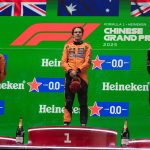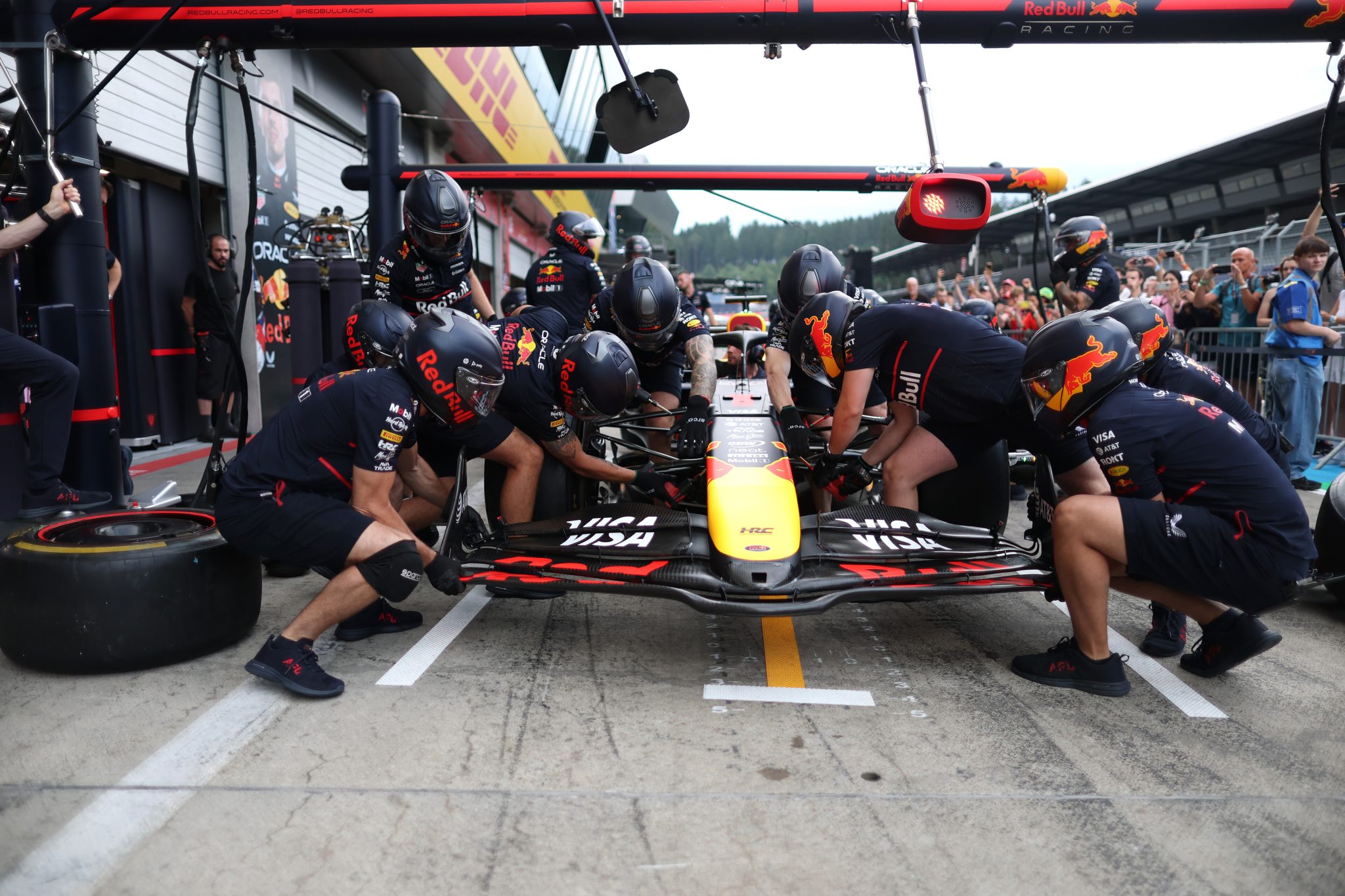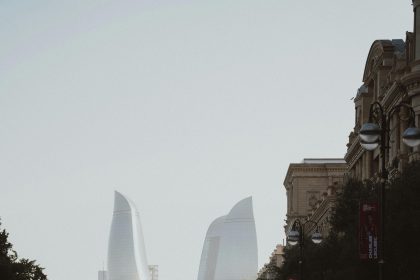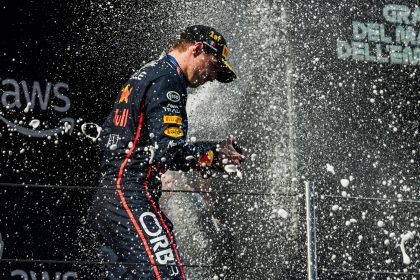If you listen closely, you can almost hear the ghosts of turbo V6s past echoing through the Styrian hills. It’s late June 2025, and Formula 1 has returned to the Red Bull Ring—where the air is thick with anticipation, the scent of bratwurst, and, for Red Bull Racing, the unmistakable whiff of desperation. This is not just another race weekend. This is a reckoning.
The Home Advantage: Blessing or Burden?
Red Bull Racing’s relationship with their home Grand Prix is a curious one. For years, the Spielberg circuit was a source of frustration, a place where the team’s ambitions were routinely dashed by Mercedes’ relentless efficiency. But since Max Verstappen’s breakthrough win in 2018, the Red Bull Ring has become a fortress—at least, that’s what the marketing department would have you believe.
Let’s not forget: Verstappen has won here four times (2018, 2019, 2021, 2023), and if you count the Styrian Grand Prix, it’s five. The Dutchman’s 2019 comeback, overtaking Charles Leclerc in the dying laps, is already the stuff of legend. In 2021, he dominated both weekends, leading every lap in the Austrian GP. The Red Bull Ring, once a house of pain, became a house of Max.
But as Helmut Marko, Red Bull’s ever-candid advisor, recently admitted,
We are now getting an update for Austria, which will then be refined again for Silverstone. But if that doesn’t work either, then it will be difficult in the world championship. And it’s not as if it’s not difficult enough already.
Helmut Marko
Upgrades or Last Rites?
This weekend, Red Bull brings a raft of upgrades—floor, sidepods, front wing—the sort of technical overhaul that, in the old days, would have been accompanied by a chorus of “now we’ll show them.” But 2025 is not the old days. The cost cap is biting, the wind tunnel hours are rationed, and the specter of 2026’s all-new regulations looms over every design decision.
Marko is blunt:
There is a precise breakdown of how the wind tunnel and all the tools are used. At some point, however, people will say: ‘That’s it for further development.’ For two reasons: Time – and the production of new parts takes time – and the cost cap. So, the question is: where do you spend your resources? I assume that after Silverstone or Spa, at the latest, there will be a decision to focus entirely on the new car.
Helmut Marko
In other words, this is Red Bull’s last real push for 2025. If the upgrades don’t deliver, the team will pivot to 2026, leaving Verstappen and his fans to ponder what might have been.
The McLaren Menace
The problem, as Marko freely admits, is McLaren.
We are currently probably three tenths behind McLaren, but in a much smaller working window, which makes it even more difficult. It’s not impossible to make up the three tenths, but it has to come now.
Helmut Marko
McLaren, led by the ever-improving Lando Norris and the mercurial Oscar Piastri, have found a sweet spot in the regulations. Their car is fast, consistent, and—crucially—gentle on its tires. Red Bull, by contrast, is struggling with a narrow operating window, a car that is either sublime or sullen depending on the temperature and the mood of the Pirellis.
It’s a far cry from the days when Red Bull could count on Verstappen to paper over the cracks. Now, every tenth counts, and every upgrade is a roll of the dice.
The Human Drama: Perez, Bottas, and the Cadillac Conundrum
While the engineers sweat over CFD simulations, the driver market is in full swing. Sergio Perez, once seen as the perfect wingman, is now out of Red Bull after a toxic 2024 campaign. In a candid interview, Perez laid bare the dysfunction:
In the end, that’s how the sport is. Decisions were made because there was too much pressure that they themselves ended up creating… It would have been easy for the team to protect me and say, ‘You know what? We have a driver signed for the next two years’. But that wasn’t the case. From then on, no one talked about anything other than Red Bull race after race.
Sergio Perez
Red Bull’s revolving door has seen Liam Lawson and Yuki Tsunoda both given shots alongside Verstappen, but neither has matched the Dutchman’s relentless pace. The team’s internal politics, once kept behind closed doors, are now playing out in public.
Meanwhile, Valtteri Bottas, the perennial “nice guy” of the paddock, is tipped for a return with Cadillac in 2026. The American giant’s entry is the talk of the paddock, and Bottas’ experience is seen as vital for the new team. As former driver Mika Salo put it,
A new team, so experience is an asset. Valtteri has good experience from Mercedes. Now he has been able to feel and watch from the sidelines in peace and has not driven. I think an experienced driver like Valtteri is absolutely the right choice.
Mika Salo
The Numbers Game: Red Bull at the Red Bull Ring
Let’s take a moment to appreciate the numbers. Since 2018, Red Bull has transformed their home race from a graveyard of hope into a showcase of dominance:
| Year | Winner | Red Bull Podiums | Notable Event |
|---|---|---|---|
| 2018 | Max Verstappen | 1 (Win) | First Red Bull home win |
| 2019 | Max Verstappen | 1 (Win) | Late pass on Leclerc, dramatic finish |
| 2020 | Valteri Bottas | 0 | Double DNF in Austrian GP, podium in Styrian |
| 2021 | Max Verstappen | 2 (Wins) | Won both Styrian & Austrian GPs |
| 2022 | Charles Leclerc | 1 (2nd) | Verstappen P2 |
| 2023 | Max Verstappen | 1 (Win) | Dominant from pole |
Verstappen’s record here is formidable, but history is not destiny. As Marko warns,
If the track suits us, like in Jeddah or Suzuka – Imola and Montreal weren’t too bad either – then it works. But the working window is extremely small.
Helmut Marko
The Future Beckons: Cadillac, Audi, and the 2026 Revolution
If 2025 feels like the end of an era, that’s because it is. The 2026 regulations promise a seismic shift: new engines, new aero, new teams. Cadillac’s entry, alongside Audi’s factory team and Red Bull’s in-house power units (in collaboration with Ford), will redraw the competitive map.
Pre-season testing for 2026 will be a five-day marathon in Barcelona, followed by two tests in Bahrain. For the first time in years, the grid will expand, and the old certainties will be swept away.
As the sport braces for change, the stakes in 2025 are higher than ever. Every point, every upgrade, every strategic call could be the difference between glory and irrelevance.
The Emotional Core: Why Spielberg Still Matters
It’s easy to get lost in the technical minutiae, the politics, the endless speculation about who’s going where. But at its heart, Formula 1 is about emotion. The Red Bull Ring, with its sweeping corners and postcard-perfect backdrop, is a place where dreams are made and broken.
This weekend, as Red Bull throws everything at one last home victory, the paddock is alive with tension. Will Verstappen conjure another miracle? Will McLaren’s orange tide wash away the home team’s hopes? Or will the story be written by someone else entirely—a rookie, a veteran, a team on the rise?
As Brad Pitt, who recently drove a McLaren F1 car at COTA for his new film, put it:
I’ve just never experienced anything that’s just, more feeling of presence in my life. You’re so focused, but you’re not white knuckling. You’re just in this sublime groove. It is really extraordinary.
Brad Pitt
Formula1.com
That, in the end, is what keeps us coming back. The sublime groove. The hope that, just once, everything will click.











